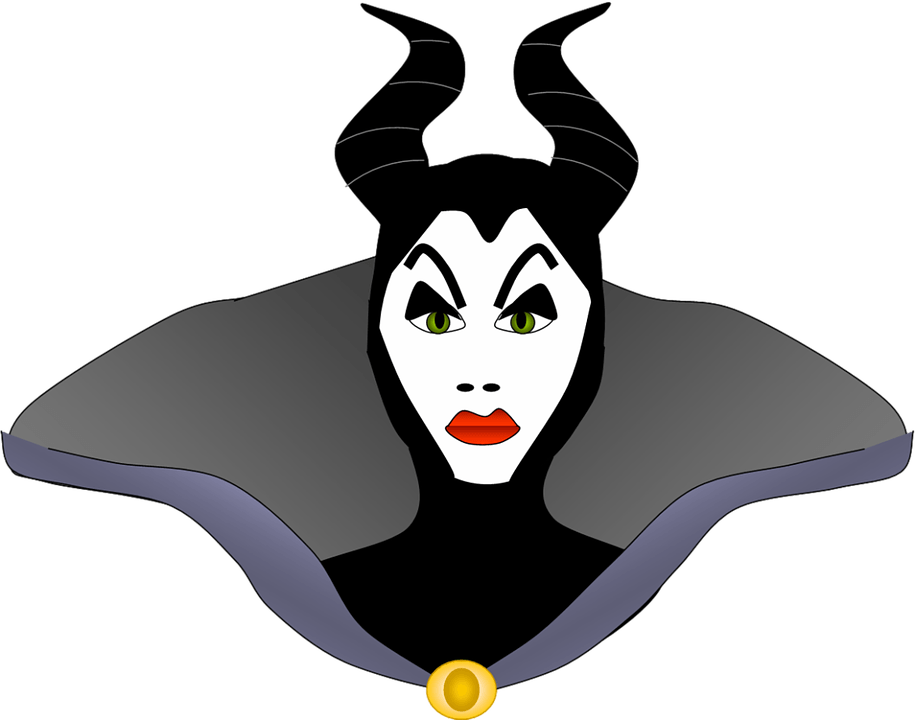*Spoiler alert* If you haven’t seen “Brave,” “Frozen,” “Maleficent” or “Into the Woods,” beware!
It seems that Valentine’s Day chocolates and teddy bears have been on display since before the winter holidays were even over. Now, it’s officially that time of year again — tis the season for romance.
But, our typical definition of love is changing thanks in part to Disney and their focus on family, the theme that is replacing Disney’s stereotypical love-at-first-sight-happily-ever-after romance M.O.
The fairy-tale romance that every girl dreams of is something Disney helped give life to, but now, it seems they are taking a more realistic look at what love really is, with films like “Brave,” “Frozen,” “Maleficent” and “Into the Woods.”
“Mulan” is an earlier example of this transition. Not a princess in the literal sense, but a Disney princess nonetheless, Mulan acts out of duty to her country, but also acts out of duty to her heart. Somewhere between dishonoring her family, pretending to be a man and saving China from the Huns, she falls right into Shang’s arms. The distinguishing factor between her and previous Disney royalty is not her common bloodline, but that she does the saving – of an entire country, no less. But she still gets the guy.
Disney’s recent movies with strong and independent female lead characters are further proof than “Mulan” that girls don’t need saving. And when they do, it’s not at the hands of a handsome price, but through none other than familial love.
In “Brave,” there isn’t a whisper of a love interest for Merida, who rebels against being a proper princess, preferring her bow and arrow to the demands of royalty. Unsurprisingly, she is deeply upset by her duty to marry, and after a fight with her mother Elinor, she makes a wish that her mother will change, and she does – into a ferocious bear.
As a bear, it’s impossible for Elinor to maintain her queenly composure, and she learns to let loose a little. She encourages Merida to take a stand and say that she will choose when she’s ready to marry. After times runs out to undo Elinor’s curse, Merida apologizes for ruining their relationship, and the curse is undone. “Brave” shows that the unconditional love between mother and child, the power of forgiveness and the acceptance of family, flaws and all, are stronger than any curse.
“Frozen” is probably the most well-known example of female lead characters putting family over romantic love. This movie shows girls that love at first sight can be used as a weapon of mass destruction and manipulation. Hans is the handsome, too-good-to be-true prince who woos naïve Anna within the first thirty minutes of the movie, eventually revealing himself as the villain of the tale with his plan to conquer Arendelle.
In order to save Elsa from Hans, and in spite of her freezing heart, Anna choses to sacrifice herself instead of kissing Kristoff, an act of true love that could reverse the cold spell inside her. But Anna did commit an act of true love; she jumped between knife-wielding Hans and saved her sister’s life. “Frozen proves that not all true love has to be romantic, nor do you need a man to save yourself; family is your first true love.
“Maleficent” tells the story of Sleeping Beauty with a spin and from, you guessed it, Maleficent’s point of view. We learn that she cursed King Stefan’s daughter because he betrayed her love and took her wings as a trophy to win the kingdom, and afterwards, she watches over the princess, protecting her from the harms of the world. “Maleficent” does more to raise the child than her actual guardians, Flittle, Thistletwit and Knotgrass, three fairies who haven’t the foggiest idea how to take care of a little girl.
As Maleficent’s little “Beastie” gets older, she lets the girl visit her fairy world, and the notorious Disney villain reluctantly becomes her fairy godmother. She tries undoing the spinning wheel curse that will put Aurora in a deep sleep because she knows a man’s “true love” can’t save her. Once the curse takes effect, a prince’s kiss doesn’t save Aurora; it’s Maleficent’s love that revives her. “Maleficent” is incredibly touching and changes your perspective on heroes, villains, kings, princes, true love and most importantly, the loving bond between a princess and her fairy godmother.
Disney’s most recent venture into dismantling its own vision of fairy-tale love is “Into the Woods,” which spins together the tales of Jack and the Beanstalk, Little Red Riding Hood, Cinderella and Rapunzel, along with the Baker and his wife. Cinderella, who always dreamt of something outside of the clutches of her evil stepmother and ugly stepsisters, comes to realize that having a handsome prince by your side is not all that it’s cracked up to be, especially when she has to pretend to be someone other than herself.
After marrying her prince and finding out he was unfaithful from some little birds, Cinderella leaves him and goes her own independent way. After the Baker’s wife dies, the Baker decides to take on the role of being a better father than his own father. After slaying the giant and his mother’s death, Jack and Little Red have nowhere to go, so the Baker and his son, Cinderella, Jack and Little Red make a ragtag family of their own, not by blood, but through shared experience.
Real life is less often a happily ever after than Disney would originally have you believe. And more often than not, following your heart can lead you straight back to family – Disney’s new perspective on true love. And while romantic love is important, don’t forget to show some love to the people who loved you first.


